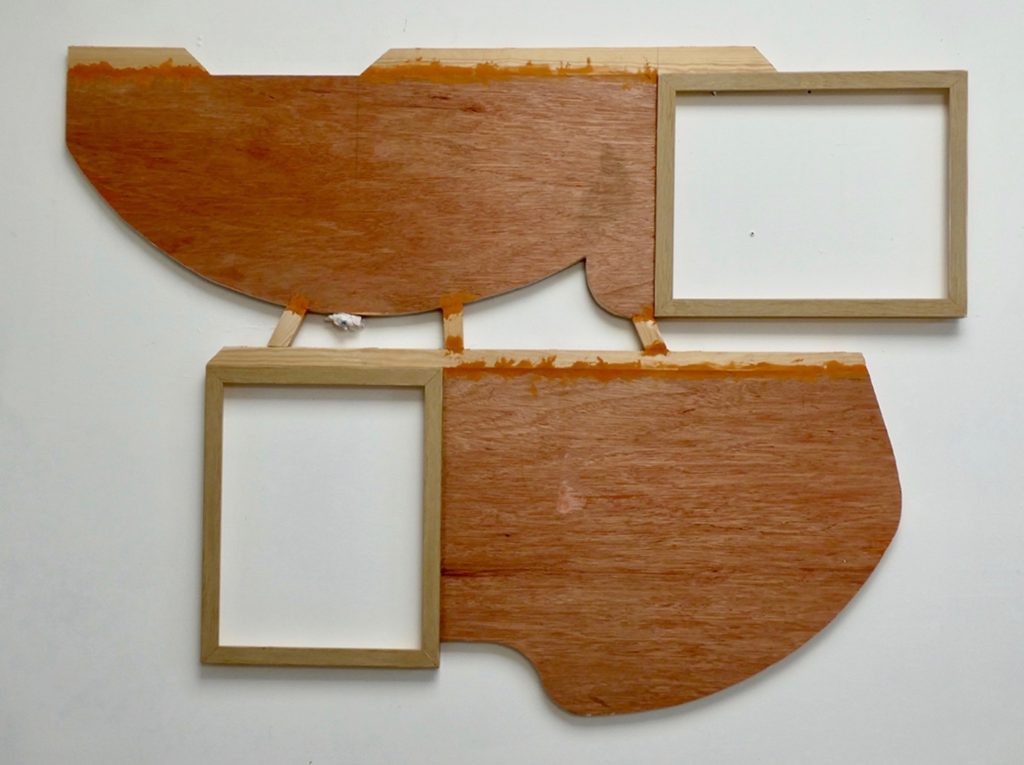In a recent blog post called Online Tentacular Lindsey Colbourne writes about various new ‘tentacles’; including two she’s trying to develop ‘at a distance’ in terms of online collaborations based on place, one of which is with me. This involves our doing something around the idea and symbolism ‘Corlan’ (fanks, folds, stells, or enclosures depending). I put up a post about the start of this exchange – In Troubled Times – back in April and, given Lindsey’s post, it seems a good idea to pick up on where this has gone since, particularly as the tensions around the idea of enclosure (those place that protect by limiting freedom to move) has become increasingly relevant since then.
Our on-line exchange on this, following my all-too-brief visit to Dyffryn Peris, began with Lindsey explaining to me that the Welsh term for what I would call a fank is Corlan, basically COR; ‘small’ and LLAN ‘enclosed open spot/patch’. This is also used for larger enclosures like areas of land or villages.
Taking this as a starting-point, I began to assemble a whole plethora of material, during which some underlying questions began to form. One of these relates to Tim Ingold’s reminder us that, when we are in a taskscape listening, we are at the centre of the sound-world; whereas when we are looking we are always at the edge of a ‘field of vision’ looking ‘in’ or ‘out’. (Of course these two activities are almost never wholly separable, but the point remains valid if thought in terms of emphasis). This prompted the beginning of a question along the lines of: “is any link between an emphasis on either listening or looking and the shape of a dwelling”?
The circular (associated with a privileging of listening) in relation to buildings would relate to Gaston Bachelard’s discussion of the phenomenology of roundness – “For when it is experienced from the inside, devoid of all external features, being cannot be otherwise than round”. (The Poetics of Space p. 234). The square/rectangular, by contrast, would seem to presuppose a worldview in which sight oriented outwards (including, perhaps, the notion of the four cardinal points is stressed. This gives a more differentiated sense of world, one in which we look out in different directions that, in turn, are given differentiated qualities.
I then looked at a great deal of archaeological material, which suggests that both circular and rectangular enclosures – whether built for human habitation or the protection of domestic animals, have existed for the last 6,000 years. Both can be related to the Welsh term Hafod – a summer place (equivalent in terms of place to the English/Scottish Borders term sheiling) – and in both cases a relic of the ancient practice of seasonal transhumance.
But if these point to a type of place in the semi-nomadic agricultural world of seasonal transhumance, Corlan can also be related to other enclosed spaces – for example the portable herb garden that supposedly belonged to Siwan, the Lady of Wales, who lived at Dolbadarn castle just down the valley on Padarn Lake. (There is an argument that the architectural design of different parts of the castle can be seen as ‘male’ and ‘female’, with the garden area being central to the ‘female’ part. This in turn relates to the hortus conclusus or enclosed garden (and so by implication to the medieval symbolism of the Garden of Paradise). These nested senses of enclosure as symbol, taken together, played an important part in shaping medieval attitudes toward both women and nature. The sexual ambiguity involved is heightened at Dolbadarn because, in 1230, the English knight de Braose and Siwan began an liaison. He was later charged with adultery and hanged, after they were caught in the chamber she shared with her husband.
Ironically, Dolbadarn would later be used as a ‘vaccary’, that is a corlan for cows.
All of which is fine but, for me, to be any real use it had to lead to a physical form I could work with. Fortunately, while I was ruminating on what on earth to do with all this material, I came across Alice Aycock’s construction: History of A Beautiful May Rose Garden in the Month of January (1978) and looked at the material she drew on. Most importantly, Sano di Pietro’s Annunciation to the Shepards with its corlan and castle. As a result, I’ve now arrived at a constructed support that allows me to start to focus the material touched on above and to begin a more concrete collaborative conversation with Lindsey.

More on this project in due course.